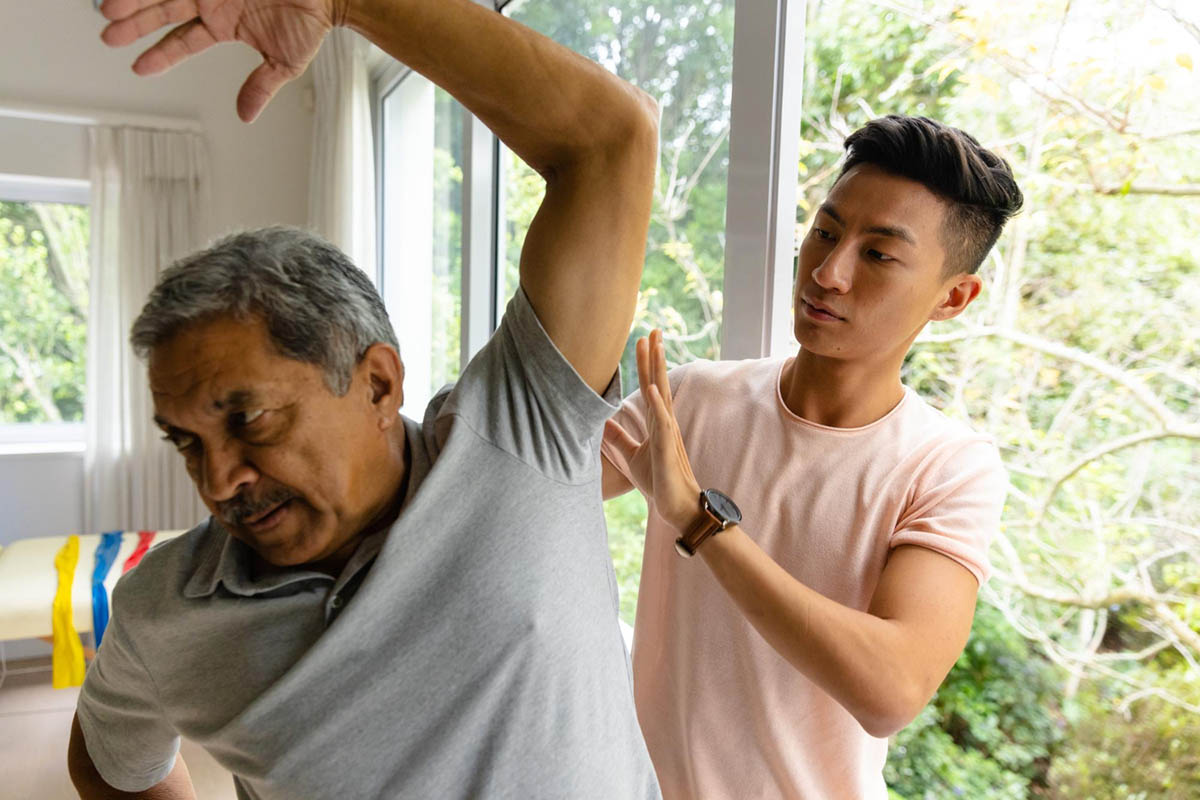Shoulder health is essential for maintaining an active lifestyle and performing daily activities. Whether it’s reaching overhead, lifting objects, or participating in sports, the shoulders play a vital role in mobility and strength. However, their complex structure and wide range of motion make them one of the most injury-prone joints in the body. Opting for a 1-on-1 physical therapy service ensures a personalized approach to addressing these injuries effectively.
Physical therapy has been a cornerstone in treating shoulder injuries, offering effective solutions for recovery, pain relief, and long-term prevention. From addressing acute conditions like rotator cuff tears to managing chronic issues like frozen shoulder, physical therapy provides a personalized approach to healing. This article explores the best physical therapy methods for treating common shoulder injuries, highlighting evidence-based techniques and exercises.
Types of Common Shoulder Injuries
Shoulder injuries can result from overuse, trauma, or degenerative conditions and affect people of all ages and activity levels. Between the ages of 18 and 88, almost everyone will experience some shoulder issue, according to Gregory Nicholson, MD, an orthopedic surgeon specializing in shoulder surgery at Rush University Medical Center. Shoulders are, in fact, the most commonly injured joints in the body. Understanding the types of common shoulder injuries is the first step toward effective treatment and prevention.
Rotator Cuff Tear
A rotator cuff tear occurs when the tendons that stabilize the shoulder joint become damaged or torn. This injury often results from repetitive overhead activities, trauma, or age-related degeneration, causing burning shoulder pain, weakness, and difficulty lifting the arm.
Shoulder Dislocation
Shoulder dislocation happens when the upper arm bone is forced out of the shoulder socket, often due to a fall or high-impact sports. It leads to intense pain, visible deformity, swelling, and restricted shoulder mobility.
Shoulder Bursitis
Shoulder bursitis involves inflammation of the bursa, a small fluid-filled sac that reduces friction in the joint. Repetitive motions or prolonged pressure can irritate the bursa, causing stiffness, tenderness, and pain during movement.
Frozen Shoulder
Frozen shoulder, or adhesive capsulitis, is characterized by progressive stiffness and pain that limit shoulder movement. Without intervention, recovery can take several months, with physical therapy for an injured shoulder essential for regaining mobility.
Shoulder Impingement Syndrome
Shoulder impingement syndrome occurs when the tendons or bursa are pinched during arm movement. It often leads to pain, inflammation, and difficulty performing overhead activities.
Shoulder Tendinitis
Tendinitis involves inflammation or irritation of the shoulder tendons. It is commonly caused by repetitive overhead motions or age-related wear and tear. It results in pain, swelling, and reduced range of motion.
Strained Muscles
Overexertion, sudden movements, or repetitive lifting typically cause shoulder muscle strains. Symptoms include localized pain, muscle weakness, and difficulty performing daily tasks.
How Physical Therapy Can Help with Shoulder Injuries
Physical therapy is essential for treating shoulder injuries because it focuses on restoring movement, reducing pain, and preventing recurrence. A tailored plan often incorporates physical therapy exercises to improve flexibility, strength, and joint stability. Techniques like manual therapy and electrical stimulation can also aid recovery by targeting specific symptoms and promoting healing.
Physical Therapy Techniques for Shoulder Injuries

Physical therapy techniques are essential for promoting recovery, reducing pain, and restoring mobility in shoulder injuries. The incidence of shoulder pain ranged from 7.7 to 62 per 1000 persons per year (median 37.8 per 1000 persons per year). By combining evidence-based methods with personalized care, these techniques address the underlying causes of discomfort and help prevent future complications.
RICE Method
The Rest, Ice, Compression, and Elevation (RICE) method is a standard initial treatment for acute shoulder injuries. It effectively manages inflammation, reduces swelling, and alleviates pain.
Heat Therapy
Applying heat to the shoulder increases blood flow, which promotes relaxation and tissue healing. This technique is particularly beneficial for reducing stiffness and improving flexibility.
Manual Therapy
To improve shoulder function, manual therapy uses hands-on techniques, such as joint mobilization and soft tissue manipulation. It increases either active or passive shoulder mobility. A trend was found favoring manual treatment for decreasing pain. Studies suggest that it can significantly reduce pain and enhance mobility.
Stretching Exercises
Stretching exercises are crucial for improving flexibility and restoring the shoulder’s range of motion. These gentle movements help alleviate stiffness and prevent further injury.
Strengthening Exercises
Strengthening exercises focus on rebuilding muscle strength and enhancing joint stability. They are vital for long-term recovery and preventing recurrent injuries.
Joint Mobilization
Joint mobilization involves precise shoulder joint manipulation to correct alignment and improve movement. This technique is often used to alleviate pain and restore function.
Ultrasound
Ultrasound therapy utilizes sound waves to penetrate deep tissues, reducing inflammation and promoting healing. It is a non-invasive option for managing chronic or acute shoulder conditions.
Electrical Stimulation
Electrical stimulation activates muscles and nerves, relieving pain and promoting recovery. This technique also helps restore strength in weakened shoulder muscles.
Athletic and Kinesiology Taping
Taping provides support to the shoulder joint, reduces strain, and improves posture during movement. It is often used alongside other therapies to enhance recovery.
Home Exercise Program
A personalized home exercise program ensures that patients progress between physical therapy sessions. These tailored routines empower individuals to take an active role in their recovery.
Physical Therapy Exercises for Shoulder Injuries
Physical therapy exercises are crucial for restoring mobility, strength, and function in injured shoulders. These targeted movements help reduce pain, improve flexibility, and support long-term recovery by addressing the specific needs of each condition.
Across the Chest
This stretch effectively relieves tension in the shoulder and chest muscles. Gently pull one arm across your chest with the opposite hand, holding the stretch for 20–30 seconds to enhance flexibility.
Neck Release
The neck release stretch targets shoulder and neck tension, relieving stiffness. Tilt your head toward one shoulder while keeping the opposite shoulder relaxed, holding for several seconds on each side.
Chest Expansion
This exercise uses a resistance band to help open the chest and engage the shoulders. Gently pull the arms backward, focusing on stretching the chest muscles and improving posture.
Pendulum or Shoulder Circles
Pendulum exercises involve small, controlled circular arm movements, which improve mobility without straining the shoulder joint. This gentle movement is ideal for early-stage recovery.
Doorway Stretch
The doorway stretch is designed to lengthen and open the chest and shoulders. Stand in a doorway, place your hands on the frame, and lean forward slowly to feel the stretch across your upper body.
Downward Dog
In a classic yoga pose, a downward dog stretches the shoulders, back, and hamstrings simultaneously. It promotes overall flexibility and relieves shoulder stiffness.
Seated Twist
The seated twist helps stretch the spine and shoulders, enhancing rotation and relieving tension. Sit upright, twist gently to one side, and hold the position to improve flexibility and alignment.
How Physical Therapy Prevents Shoulder Injuries

Prevention is just as crucial as recovery when it comes to shoulder health. Incorporating exercise for shoulder injury physical therapy into your routine helps strengthen muscles, improve flexibility, and enhance joint stability, reducing the likelihood of future injuries. Additionally, physical therapy focuses on improving posture and optimizing shoulder mechanics, which are key in minimizing strain during daily activities or sports. By addressing imbalances and reinforcing proper movement patterns, physical therapy helps create a strong foundation for long-term shoulder health.
At Land and Sea Physical Therapy, prevention is integrated into every treatment plan. Their expert team provides one-on-one sessions that educate patients on proper body mechanics, ergonomics, and personalized exercise routines tailored to their lifestyles and goals. Whether recovering from an injury or looking to avoid one, their services are designed to enhance your mobility and strength while minimizing the risk of re-injury. The hands-on care and individualized attention ensure you leave each session equipped with the tools and knowledge to protect your shoulders and maintain optimal function.
When to Seek Physical Therapy for Shoulder Injuries
It’s crucial to seek professional help if shoulder pain persists, limits daily activities, or is accompanied by swelling and weakness. Land and Sea Physical Therapy specializes in personalized one-on-one treatment plans that address both acute injuries and chronic conditions.
Conclusion
Shoulder injuries can significantly affect your daily life, but the proper physical therapy techniques offer a path to effective recovery. From manual therapy to targeted exercises, physical therapy provides an evidence-based approach to reducing pain, restoring function, and preventing future injuries. With a tailored treatment plan and consistent effort, you can regain shoulder strength and mobility, enabling you to return to your favorite activities confidently.
FAQs
What is physical therapy for a shoulder injury?
Physical therapy for shoulder injuries uses various techniques, such as targeted exercises, manual therapy, and advanced modalities, to address pain and mobility issues. Its primary goal is to restore shoulder function, improve strength, and prevent further complications.
Will shoulder pain go away with physical therapy?
Consistent and personalized physical therapy can significantly reduce or eliminate shoulder pain. The extent of improvement depends on factors such as the severity of the injury, adherence to the treatment plan, and overall health.
How soon do you start physical therapy after a shoulder injury?
The timing of physical therapy depends on the nature of the injury. Starting within the first few days to weeks is ideal for acute injuries, while earlier intervention for chronic conditions often leads to better recovery outcomes.

